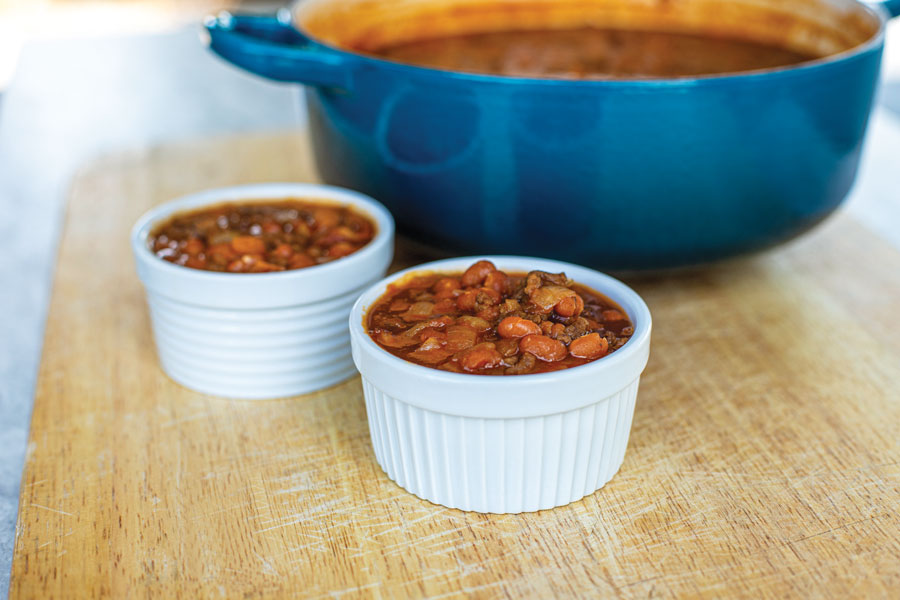With school back in session and a fall chill in the air, gardens will soon be put to rest. This season offers a reminder to plant spring-blooming bulbs now for a colorful parade of flowers come spring.
A bulb is any plant that stores its complete life cycle in an underground storage structure. The nutrients in the bulb ensure the plant survives when it is not actively growing. Many bulbs are perennials, growing and flowering in the spring, then entering a dormancy period in summer when they die back to the ground and rest until fall, when new roots develop underground.
The best time to plant spring bulbs is in late September through October to allow sufficient time for a good root system to develop before winter. Spring bulbs need a cold period in winter to guarantee a spring bloom.
Depending on the location, each variety will bloom at a specific time between late February and late June. The most common bulbs are tulips and daffodils, but a variety of bulbs with an assortment of shapes, sizes and bloom times are available to add more interest to your garden.
Crocuses are some of the earliest spring bloomers with yellow, purple or white cup-like flowers often appearing atop a blanket of snow. Flowers will close at night and on cloudy days.
Snowdrops appear from the ground in early spring, showcasing delicate white, drooping blooms that sit atop green, strappy foliage, which grows 6 inches tall.
Siberian squill has deep blue, bell-shaped flowers that appear from grassy green foliage. It will quickly naturalize in a garden by bulb offshoots and self-seeding.
Camas produce gorgeous blue, star-shaped flowers on 3-foot-tall spikes in May. The bulbs will tolerate wet soils and light shade.
Ornamental onion is one of the most stunning spring bulbs, with a large purple ball atop a four-foot green stalk. The blooms make good cut flowers for an inside arrangement.
When planted properly, bulbs offer a great return on investment (planting time and money spent). Follow basic planting tips and your bulbs will pay dividends in colorful blooms for years to come.
Plant bulbs in groups: Large drifts of color make a dramatic statement in the landscape. Mix them in with other perennials and shrubs to screen the foliage after blooms fade.
Provide full sun: Most bulbs need at least 8 hours of sunlight each day to develop the best blooms.
Know your soil: Plant bulbs in fertile, well-drained soil (unless otherwise noted) to prevent the bulb from rotting. Poorly drained soil can be improved by adding organic matter such as compost or peat moss. The material should be incorporated into the soil before planting. A balanced fertilizer (20-20-20) can be incorporated into the soil at the same time.
Check the depth: Plant bulbs two to three times their length. Bulb length is measured from the bulb base to the bulb tip. Bulbs are planted with the nose (bulb tip) facing upward and root plate (bulb base) facing downward. The planting depth is measured from the base of the bulb. Bulbs should be spaced 6-12 inches apart to allow space for bulbs to multiply by producing offshoots.
Water after planting: After covering the planted bulbs with soil, water the area well to settle the bulbs into the soil and to initiate root development. If the fall is unseasonably dry, water weekly until the ground freezes. A light, 2-inch layer of mulch added to the soil after planting will minimize soil temperature fluctuations in winter and conserve soil moisture.










